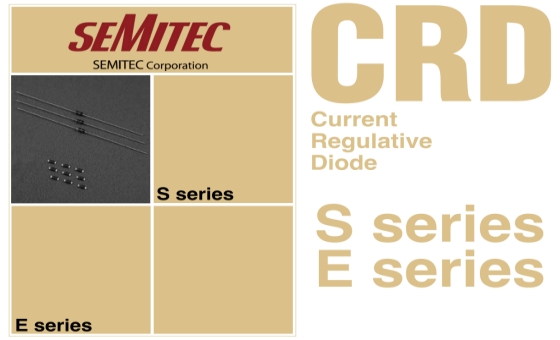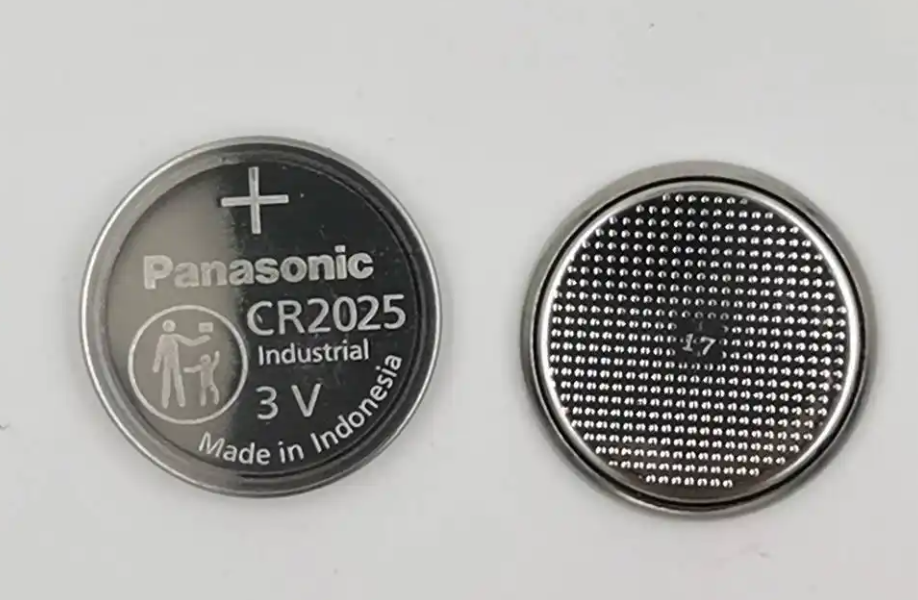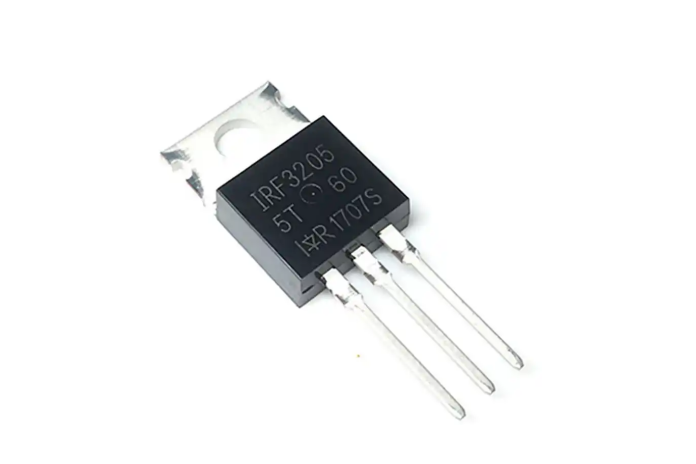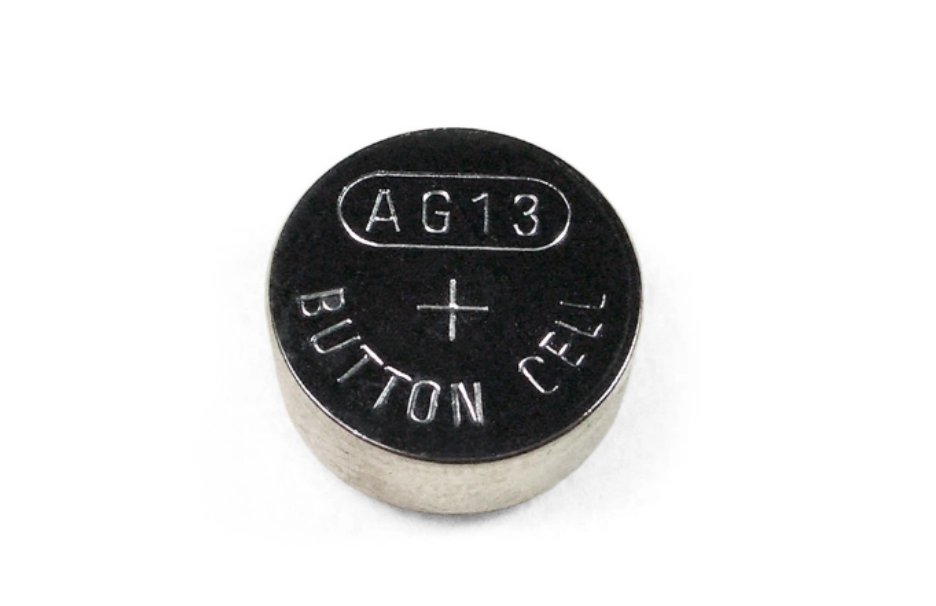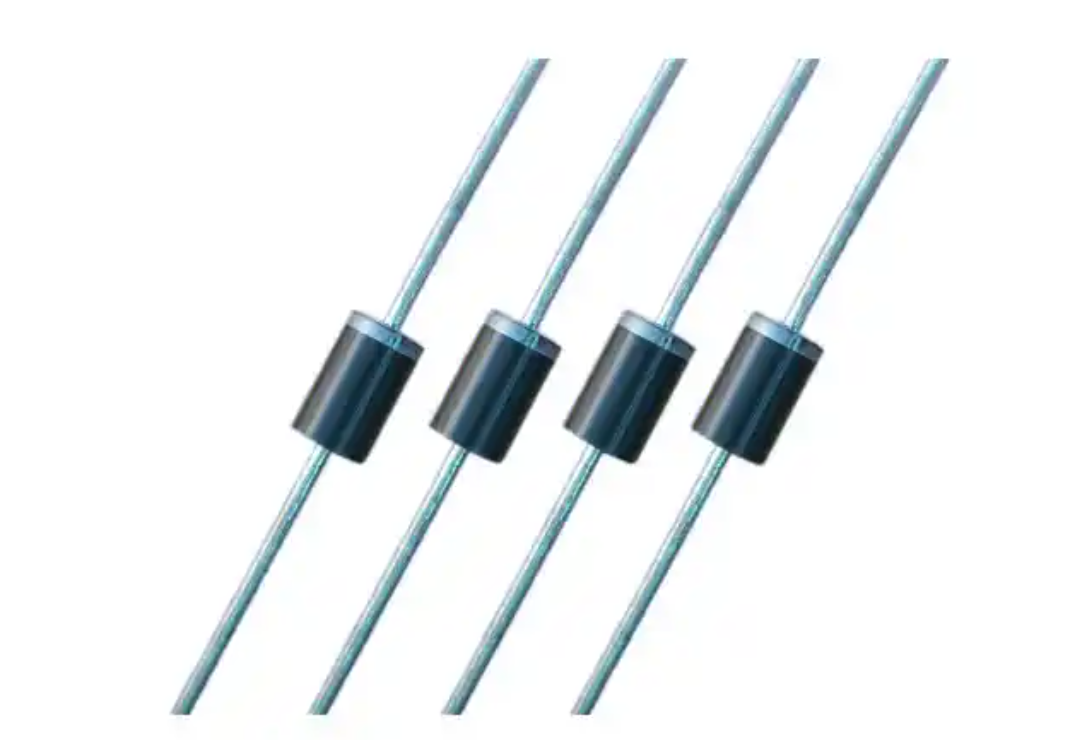D Battery: Types, Specifications, Lifespan & Applications
Artikel Details
The D battery, also known as an R20 or size D cell, is one of the largest standard cylindrical batteries used today. Known for its high capacity and long runtime, the D battery is a reliable power source for devices requiring substantial energy over extended periods - such as flashlights, radios, and industrial equipment. Its durability and performance make it indispensable in both household and professional environments.
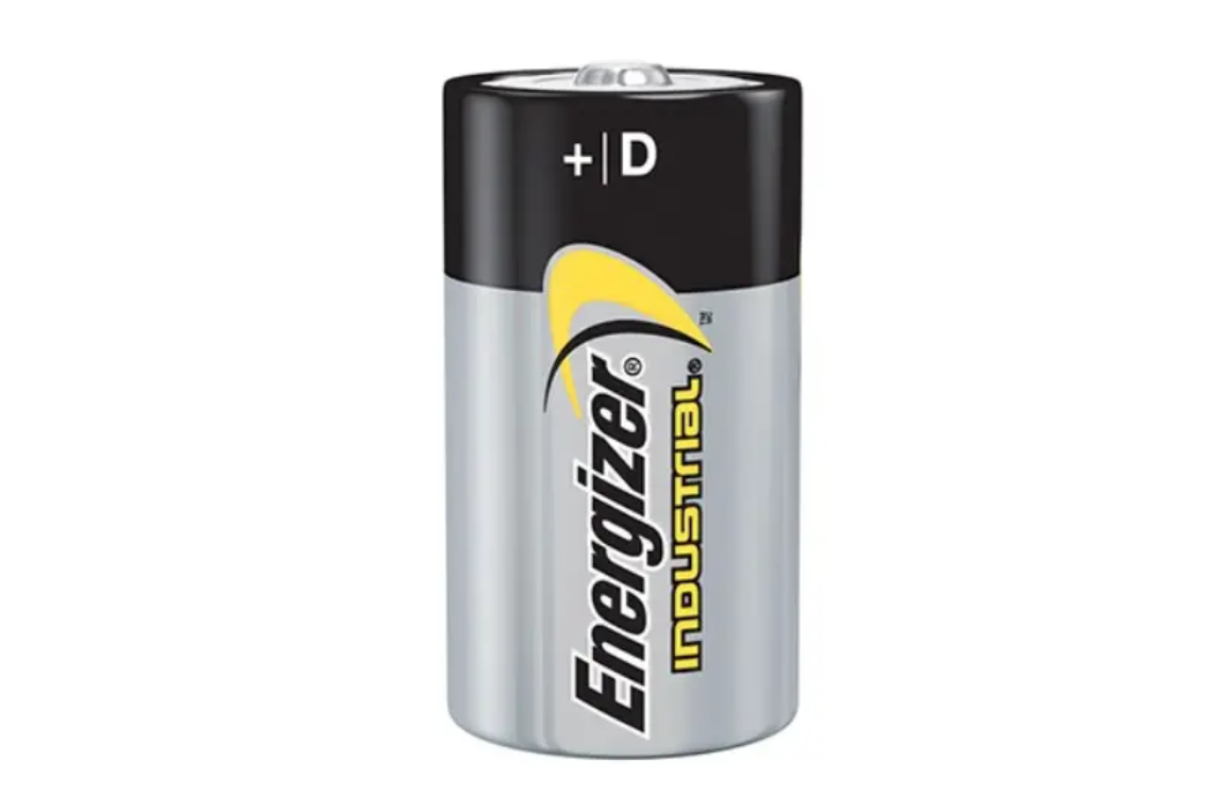
What Is a D Battery?
The D battery is a large cylindrical dry cell that provides 1.5 volts of nominal voltage. It is primarily designed for high-drain applications where long operating times and strong current output are essential. The D cell is much larger than AA or C cells, allowing for a greater amount of active material inside, which translates to higher energy capacity.
This type of battery was standardized by ANSI and IEC, commonly labeled as LR20 for alkaline versions and R20 for zinc-carbon types.
Types of D Batteries
D batteries are available in several chemistries, each offering unique performance characteristics:
- Alkaline D Batteries (LR20): The most common type, offering long shelf life and high energy capacity. Ideal for flashlights, radios, and toys.
- Zinc-Carbon D Batteries (R20): A more economical choice for low-drain devices but with shorter lifespan.
- NiMH Rechargeable D Batteries: Provide 1.2V nominal voltage and can be recharged hundreds of times, suitable for frequent-use equipment.
- Lithium D Batteries: High-performance option with extended lifespan, wide temperature range, and lightweight design - used in industrial and outdoor gear.
Specifications and Dimensions
| Parameter | Specification |
|---|---|
| Nominal Voltage | 1.5V (alkaline) / 1.2V (NiMH) |
| Diameter | 33.2 ± 0.2 mm |
| Height | 61.5 ± 0.5 mm |
| Typical Capacity | Up to 12,000 mAh (alkaline) |
| Weight | 135–160 g (depending on chemistry) |
| IEC Designation | LR20 / R20 / HR20 |
Battery Life and Capacity
The lifespan of a D battery depends largely on the device load and battery chemistry:
- Alkaline D cells can last several months to years in low-drain devices such as clocks or lanterns.
- Rechargeable NiMH D batteries typically deliver between 8,000 and 10,000 mAh per charge cycle.
- Lithium D batteries have superior shelf life (up to 20 years) and function well in extreme temperatures from −40°C to +60°C.
In general, D batteries provide significantly more runtime than smaller cells like AA or C, making them suitable for professional-grade equipment.
Applications of D Batteries
D batteries are used in devices that demand strong, long-lasting power. Common examples include:
- Flashlights and portable lanterns
- FM/AM radios and boomboxes
- Emergency equipment and beacons
- Large remote controls or RC vehicles
- Industrial sensors and measurement tools
- Medical or military-grade instruments
Popular Brands and Models
Several major manufacturers produce high-performance D batteries, including:
- Energizer Industrial D – High-capacity alkaline battery designed for commercial and heavy-duty use.
- Duracell Procell D – Built for reliability and long shelf life in professional environments.
- Panasonic Evolta D – Known for excellent stability and long discharge performance.
- Varta Longlife Power D – Designed for consistent output under continuous load.
- Amazon Basics Rechargeable D – Affordable NiMH alternative with solid recharge cycles.
How to Choose the Right D Battery
When purchasing D batteries, consider the following factors:
- Usage Frequency: For occasional use, alkaline types are sufficient; for regular use, go rechargeable (NiMH).
- Operating Environment: In cold or harsh conditions, lithium D cells provide superior stability.
- Energy Demand: Devices with continuous or high current draw benefit from high-capacity brands like Energizer Industrial.
- Cost Efficiency: Rechargeables offer long-term savings, despite higher initial cost.
Frequently Asked Questions (FAQ)
1. What voltage is a D battery?
Standard D batteries have a nominal voltage of 1.5V for alkaline and 1.2V for rechargeable NiMH versions.
2. How long do D batteries last?
Depending on usage, alkaline D batteries can last from several months to up to 5 years in low-drain devices. Lithium D batteries can last even longer with a 10–20 year shelf life.
3. Can D batteries be recharged?
Only rechargeable types such as NiMH D batteries can be safely recharged. Standard alkaline or zinc-carbon versions are not rechargeable.
4. Are D batteries the same as LR20?
Yes. LR20 is the IEC designation for alkaline D batteries; R20 refers to zinc-carbon versions.
5. What are the best D battery brands?
Top-rated options include Energizer Industrial, Duracell Procell, Panasonic Evolta, and Varta Longlife Power for their reliability and consistent capacity.
Die Beiträge
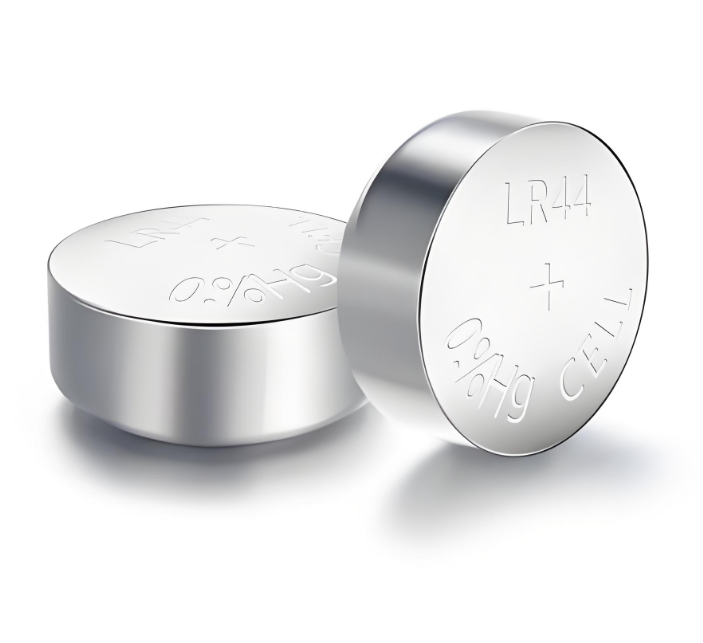
-
LR44 vs. 357 Batterie: Unterschiede, Austauschbarkeit und wie man die richtige wählt
Fragen Sie sich, ob LR44- und 357-Batterien gleich sind? Dieser umfassende Leitfaden erklärt die Unterschiede, Gemeinsamkeiten, Spannung, Kompatibilität und hilft Ihnen, die richtige Batterie für Geräte wie Uhren
Neueste Nachrichten
- Taiwans erster MEMS-Drucksensorhersteller — Metrodyne Microsystems
-
2019.09.11
Bomkey Electronics Co., Ltd. ist der autorisierte Vertriebspartner für das gesamte Sortiment der Metrodyne-Drucksensoren
- Murata bringt weltweit ersten 10µF/50Vdc-MLCC in 0805-Baugröße für Automotive-Anwendungen auf den Markt
-
2025.08.15
Bomkey Electronics – autorisierter Vertriebspartner für Murata Automotive-Chipkondensatoren (Typ GCM21BE71H106KE02L)
- Murata startet die Serienproduktion der weltweit ersten 0402-Zoll-47µF-Multilayer-Keramikkondensatoren
-
2025.07.18
bomkey electronics vertreibt die neuen 0402-Zoll-47uF-Multilayer-Keramikkondensatoren GRM158C80E476ME01D und GRM158R60E476ME01D von Murata
- The server is busy. Please try again later.
-
2025.01.15
The server is busy. Please try again later.

